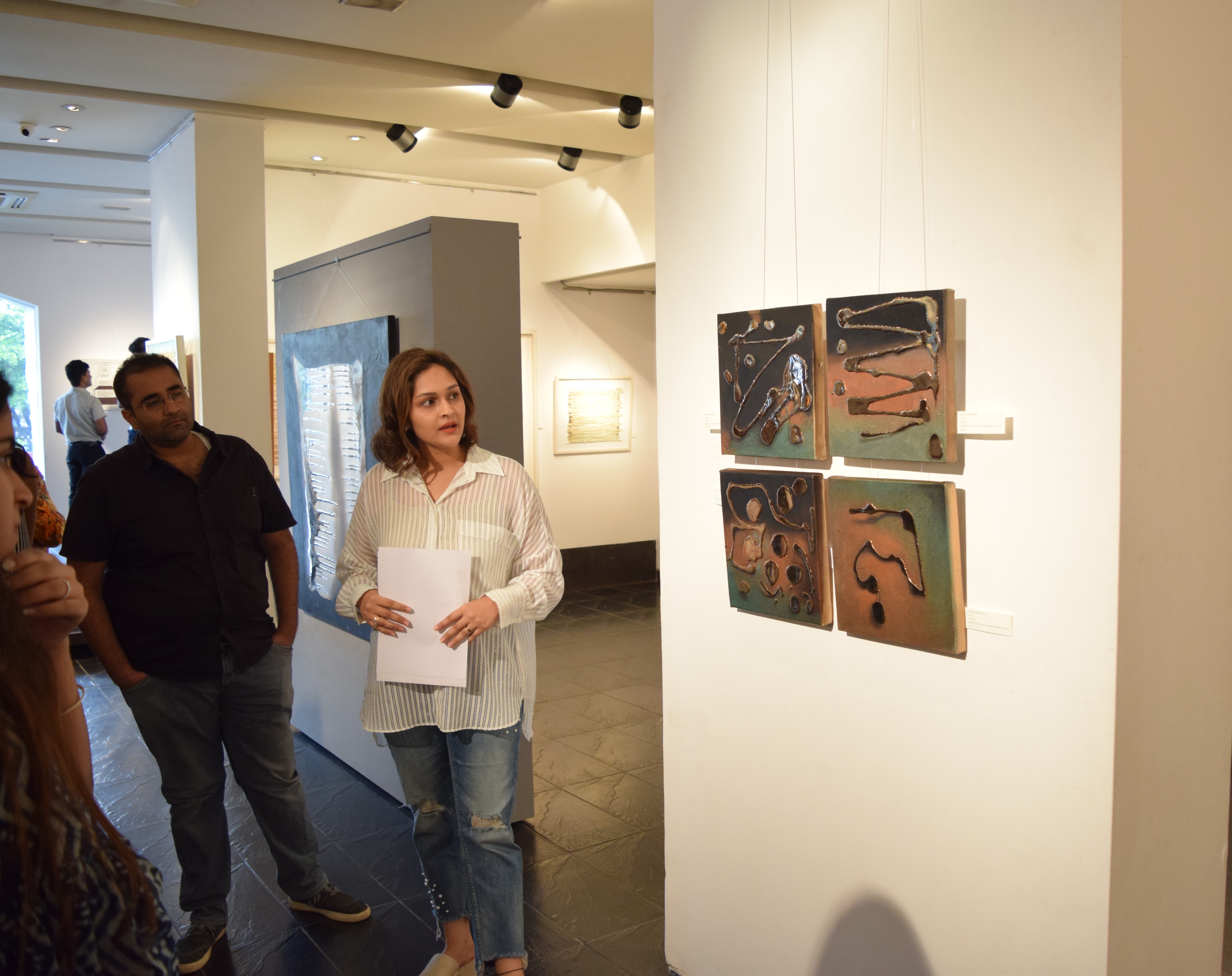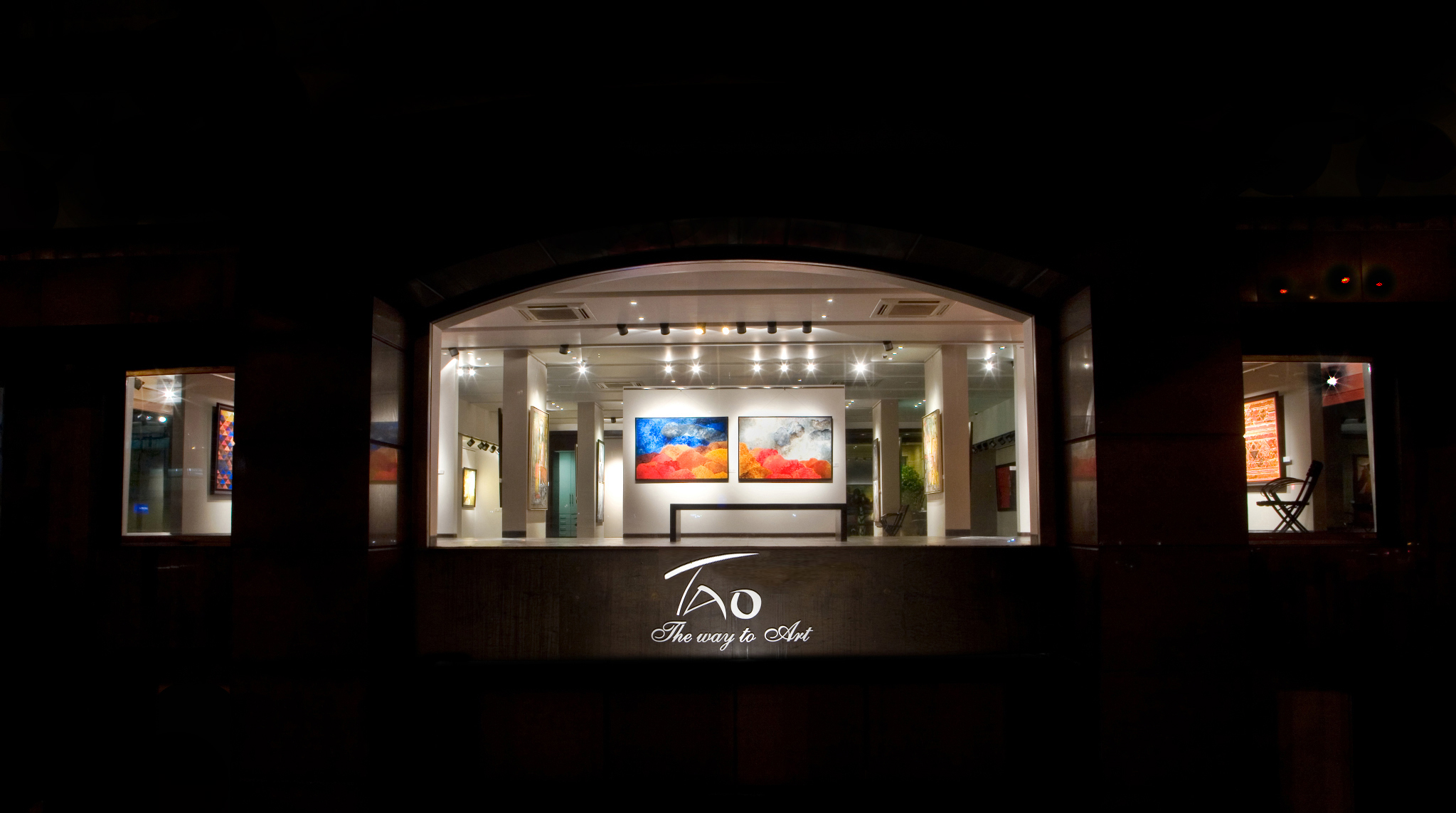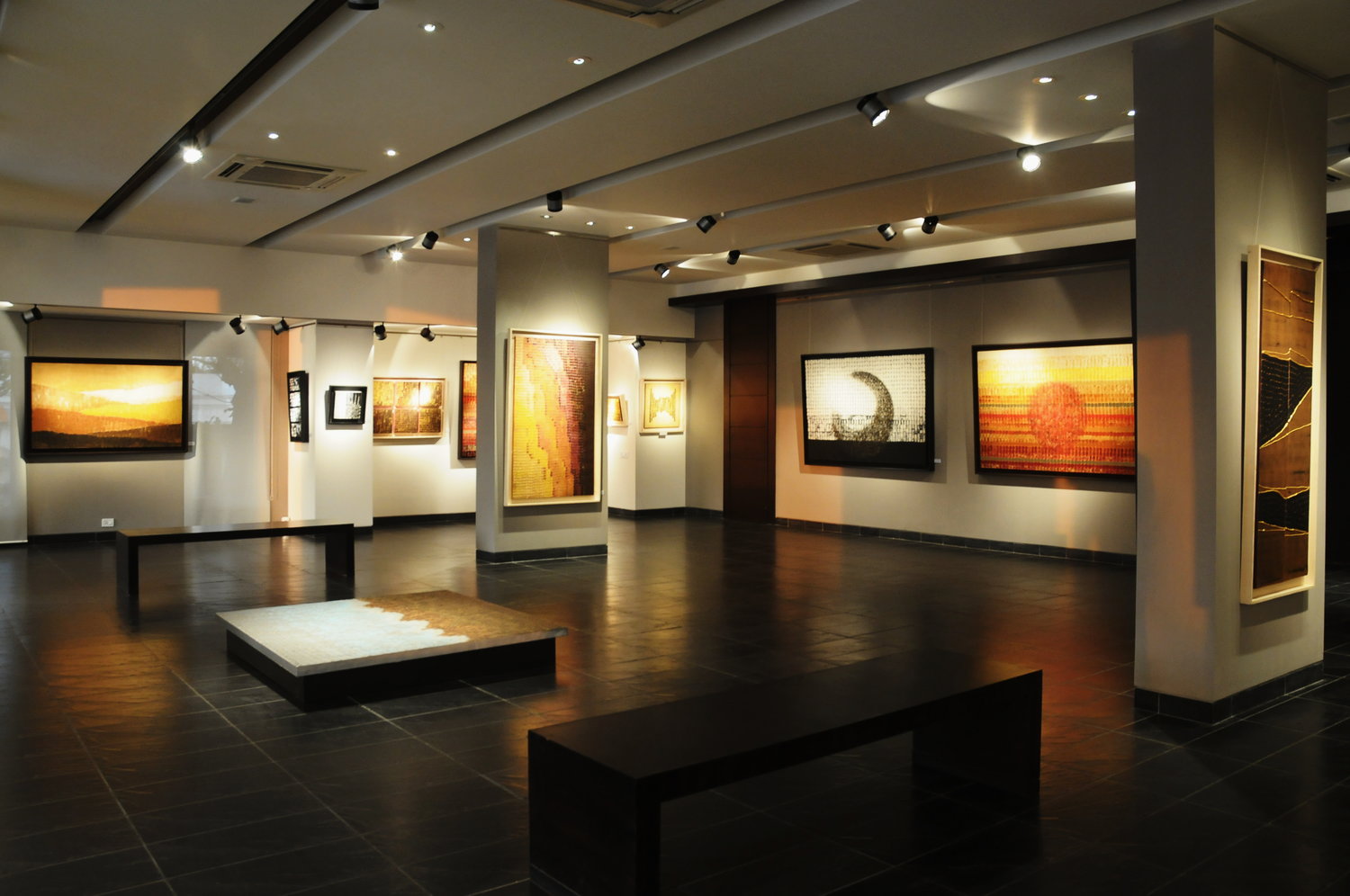The Art Curator’s Orchestra
Independent curator and creative director of Tao Art gallery, Sanjana Shah shares her view on the pandemic making way for fresh perspectives on art and art curators
Vimala Soundarapandiyan
On the stretch of a canvas, artists express their feelings and emotions. They send the canvas out to be displayed on the walls of a gallery where dozens and dozens of eyes scrutinise them. It is a sceptical scenario that raises the question, despite looking at the artwork, how are people supposed to understand what the artist is feeling?
Yet, the display acts like a well-conducted orchestra where not a note strays out of tune, and the audience is left pleased and joyous. The scenario on the whole says a lot about the conductor of the orchestra – the art curator, who is a storyteller in his/her own right.
The world of a curator is much chasmic in comparison to its simple terminology and taking over her family’s well-established cultural hub, Tao Art Gallery is the independent curator and creative director, Sanjana Shah, who has shared with Arts Illustrated her shrewd opinions on art and the art world.

Excerpts from the interview
The pandemic has changed the art scene tremendously. Are the changes for the betterment of it?
Yes, indeed the pandemic has changed a lot in the art world. The art world earlier was all about an in-person experience and interaction. Today, we have to achieve that through virtual platforms, which is a lot tougher. In my opinion, the physical experiences of art cannot be substituted, but with the prowess of technology today, it is possible to communicate the essence of the work digitally. If the art resonates with the audience, the gallery is always open on an appointment basis for personal viewing. Hence this synergy between online and offline has become crucial! Perhaps it’s a blessing as it helps us try harder and reach a large audience. And what better way to do so than digitally…
The positives of the change from physical to virtual are many; more visibility, more online traction, and more interest in art as people find themselves looking to re-decorate their homes and use art as a source of solace. Overall the pluses do trump the minuses.

Talk to us about the pre-pandemic and post-pandemic role of galleries in shaping the art scene of the country.
Galleries in India were already exploring showcasing contemporary art before the pandemic. Contemporary art that deals with themes like society, politics, anthropology, and the very personal issues that the artist and audience face. With the impact of the pandemic, the use of art as a mouthpiece of expression accelerated even further with artists using their experiences of this time to fuel their creativity. Creative expression is a fundamental human instinct born out of the need to connect and convey. As we are, social beings are our way of making sense of the world and our place in it. This pandemic, like all pandemics before, has rendered us isolated and helpless. And like earlier precedents, the only way to find solace and sanity for most people has been to interact with and engage in art. Galleries, curators, and artists play a crucial role in facilitating this engagement.
Now, as we hopefully near the end of this pandemic, galleries begin a new chapter as it evolves into spaces that are more accessible through their new digital presence. Sitting at home, people can do virtual tours and walk-throughs of the world’s best galleries and museums. Hence, along with content creation, engagement with art in India has also increased, fuelling the art purchases. Art auctions in 2020 made some incredible sales like the AstaGuru where the famous M.F. Husain painting, Voices sold for a record-breaking Rs. 18.5 crore!
Give us a glimpse of the behind-the-scenes role of a curator.
An art curator is a person that can select and effectively coordinate the displaying of artworks in a manner that is aesthetically sound, relevant, and thought-provoking. In addition, we act as a medium or translator and work closely with artists to understand the practice more profoundly and do justice to their endeavour. When organising an exhibition, I am usually responsible for brainstorming and then executing such as writing labels, catalogue essays, and creating other content supporting it.
The curatorial process begins when there is a thematic idea in mind which is backed up by research and planning of what kind of artists, mediums, and messaging one wishes to go forward with. It is followed by the final execution. It is essential to have an eye for various art forms and an openness to different ideas and perspectives. Even after the show’s launch, the curator plays a pivotal role in guiding audiences through the exhibit and interacting with them by conducting walk-throughs and lectures. Overall, the curator plays a role that requires them to wear multiple hats and be hands-on throughout the pre and post-exhibition period.

Has the pandemic changed the role of a curator? What are the new challenges that curators face in today’s virtual art world?
The pandemic has perhaps just enhanced and even further enlarged the role of curator. The curator has to find innovative ways to engage audiences online and find artists whose artworks can be done justice when viewed virtually. The search for new upcoming artists is also tougher in a situation when travel and movement are restricted. Since the current context and pandemic experience directly power up mostly new content, curators often struggle with bridging the gap between curating a socially relevant exhibit and aesthetically appealing to the audience’s sensibilities. Achieving the right balance between online and offline in terms of design, communication, and intent is also crucial. Hence, the curator is working on multiple levels to bring forward a holistic vision that can appeal to audiences from all walks of life, find unity in crisis and fit into formats that can work both digitally and physically.
How is Indian art gradually and progressively setting its mark on the world art map and why is it critical to educate the Indian audience on the inherent value of art and connecting with larger audiences?
South-Asian Contemporary art is increasing in popularity and visibility globally at the biggest international fairs and museums. In 2018, the British-born, Bangladesh-raised artist Naeem Mohaiemen was shortlisted for the Turner Prize. In 2019, The Museum of Modern Art’s major rehangs turned the spotlight onto several artists from the subcontinent. India also made its return to the Venice Biennale in 2019, after an eight-year hiatus. Now, you are seeing Indian artists in solo or group presentations with other international artists. Last year, ArtTactic moved South Asia up from ninth to sixth place in its global outlook rankings. While the total sales from South Asia account for less than six percent of the worldwide art market share, according to last year’s edition of economist Clare McAndrew’s Art Market Report, the region is becoming increasingly important. As global sales in the online art market continue to grow, the report indicates that India will become one of the fastest-growing e-commerce markets outside China in the next five years.

It is critical for our resident Indian buyers to reassess the way they appreciate and invest in art. Focusing on trends, engaging with Indian art in the world context, and exploring the more contemporary and new-age is the way forward. Art is not purely about aesthetics anymore but encapsulates an entire larger dialogue that makes it inherently valuable. For our national audiences to lead the way for international buyers is crucial to generate further value and bring Indian art on the global map in terms of sales and appreciation.
Share